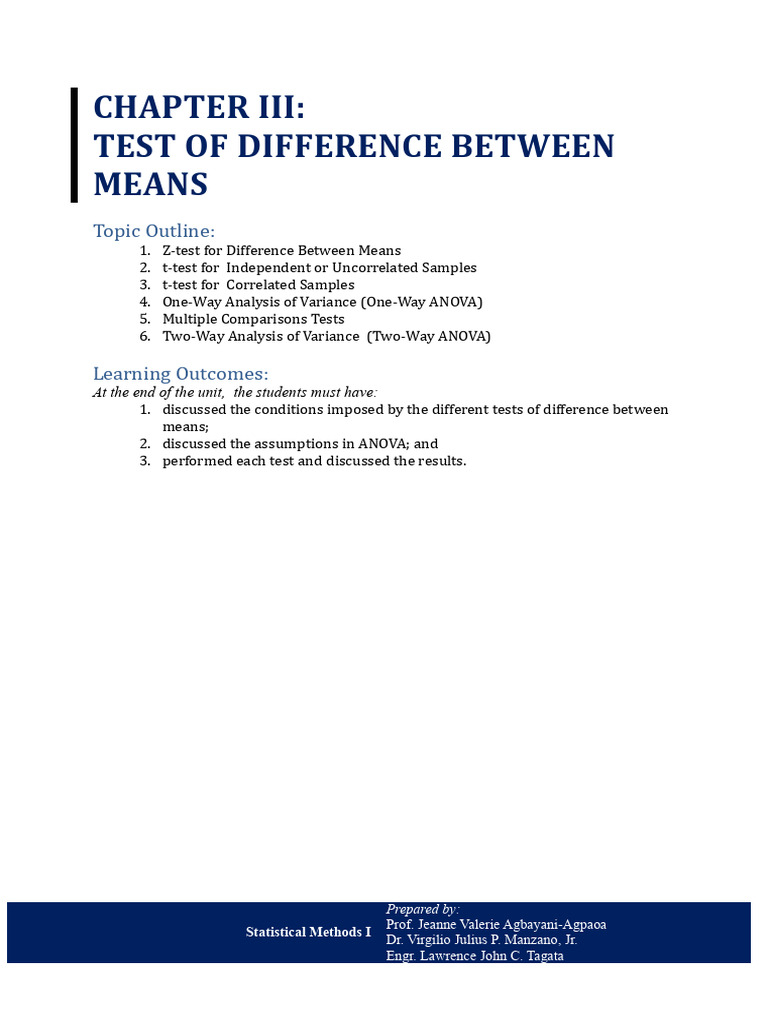The distinction between a test and a measurement occupies a pivotal space within the realm of scientific inquiry and educational assessment. Often used interchangeably in casual discourse, these terminologies embody fundamentally different concepts that warrant a meticulous examination. Understanding this differentiation not only enhances clarity within academic and professional settings but also encourages a more nuanced appreciation of methodologies employed in various fields. This discourse will delve into the intricacies of both tests and measurements, elucidating their respective functions, characteristics, and implications.
To commence, it is vital to delineate the core definitions. Measurement is the process of quantifying attributes or characteristics of an entity using explicit units. It yields precise numerical values that denote some aspects of the phenomenon under investigation. For instance, measuring the length of an object in centimeters or determining the temperature in degrees Celsius are quintessential examples of measurement. This systematic act seeks to provide an objective foundation upon which further analyses can be built.
In contrast, a test primarily functions as an evaluative tool designed to gauge knowledge, skills, or abilities within a certain context. Tests can be seen as a series of questions, tasks, or prompts aimed at eliciting responses that can be qualitatively or quantitatively assessed. They serve as a means to ascertain an individual’s competency or understanding within a specific domain. The nature of a test often intertwines subjective interpretations, affecting its reliability and validity compared to the precise numerical outcomes of measurement.
A key aspect to consider is the purpose of each concept. Measurement is fundamentally about collection and observation, grounded in accurate recordings of phenomena. Its primary aim is characterization, allowing researchers and practitioners to substantiate claims with quantitative evidence. In contrast, the purpose of a test lies in evaluation and the determination of performance levels. Tests seek to elucidate how well a subject understands or can apply the information or skills in practical situations. This evaluative essence introduces complexities not found in the act of measurement.
The methodologies employed in measurement and testing further illuminate their distinctions. Measurements often rely on standardized instruments and methodologies that afford replicability and consistency. These may include scales, rulers, thermometers, and various technological devices designed to provide objective data. On the other hand, tests can manifest as formal evaluations—multiple-choice questions, essays, practical demonstrations, or informal observations, which introduce variability in administration, scoring, and interpretation. This variability can sometimes cloud the results, making it imperative to understand the assessment design to glean meaningful insights.
Moreover, the dimensions of validity and reliability present distinctive challenges for both tests and measurements. Validity in measurement pertains to the degree to which the instrument accurately captures the intended attribute. Thus, a length measurement tool must measure length without ambiguity. Conversely, in testing, validity encompasses the alignment of a test with the constructs it aims to measure. Is a math test truly assessing mathematical understanding, or is it merely evaluating reading skills? This is where the blend of subjective interpretation and measurement mechanics becomes profound and layered.
Furthermore, reliability serves as a cornerstone for both concepts, though its implications diverge. In measurement, reliability pertains to the consistency of results across repeated trials or observations; a reliable thermometer, for instance, should yield the same temperature reading in the same context repeatedly. On the testing front, reliability involves the consistency of an individual’s performance across different instances of the same test. Variations in test-taker conditions, such as anxiety or fatigue, can influence scores, thus challenging the notion of reliability. Effectively managing these variables is essential to uphold both the validity and reliability of assessments.
The implications of these differences manifest tangibly in practice. In educational settings, reliance on tests to measure student learning can misrepresent true comprehension when external factors influence performance. Similarly, in scientific research, assumptions drawn from flawed measurements can skew results, leading to erroneous conclusions. Such realizations compel educators, researchers, and practitioners to scrutinize the tools at their disposal, fostering a culture of critical analysis versus passive acceptance of outcomes.
Perhaps the most profound insight pertains to the interdependence of tests and measurements. While distinct, they often coalesce in applied contexts. A well-designed educational test may incorporate measurement strategies to quantify skills, while accurate measurements can inform test construction by delineating measurable variables. This harmonious relationship posits that understanding the nuances of each enhances their effectiveness, culminating in robust assessments and reliable research initiatives.
In conclusion, the difference between test and measurement is not merely semantic; it encapsulates a conceptual tapestry that shapes understanding and inquiry. Measurement’s quest for precision bears the weight of objectivity, while testing embraces the complexity of human performance and knowledge acquisition. Exposing the intricacies of both constructs invites a shift in perspective, promoting a comprehensive approach to assessment and inquiry. Inspiring curiosity within this domain encourages further exploration, illuminating the pathways through which we interrogate and understand the world around us.










